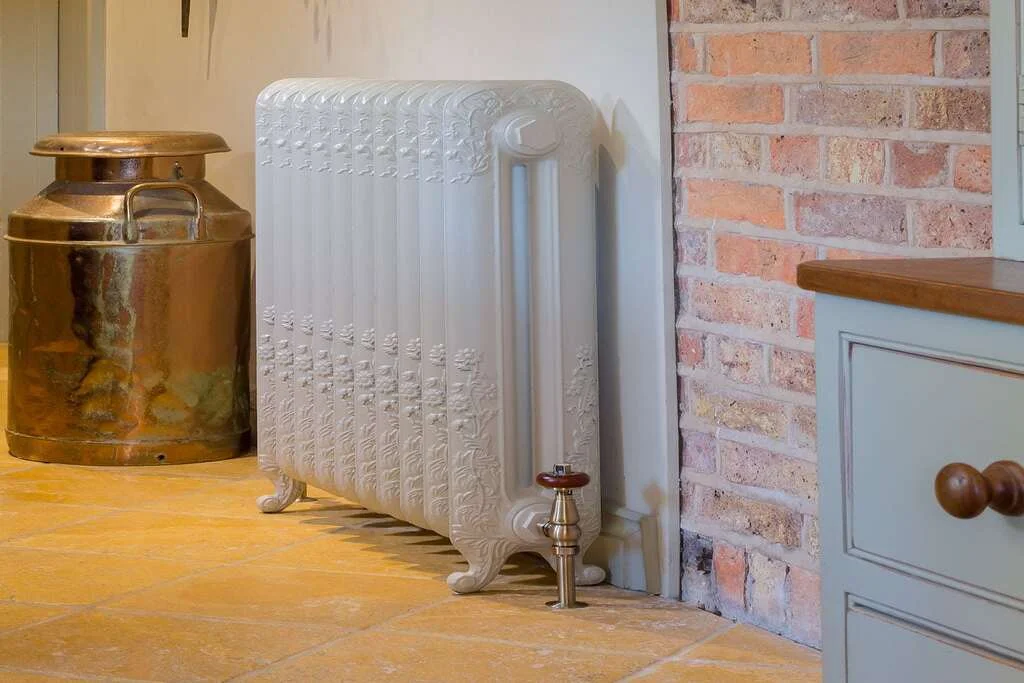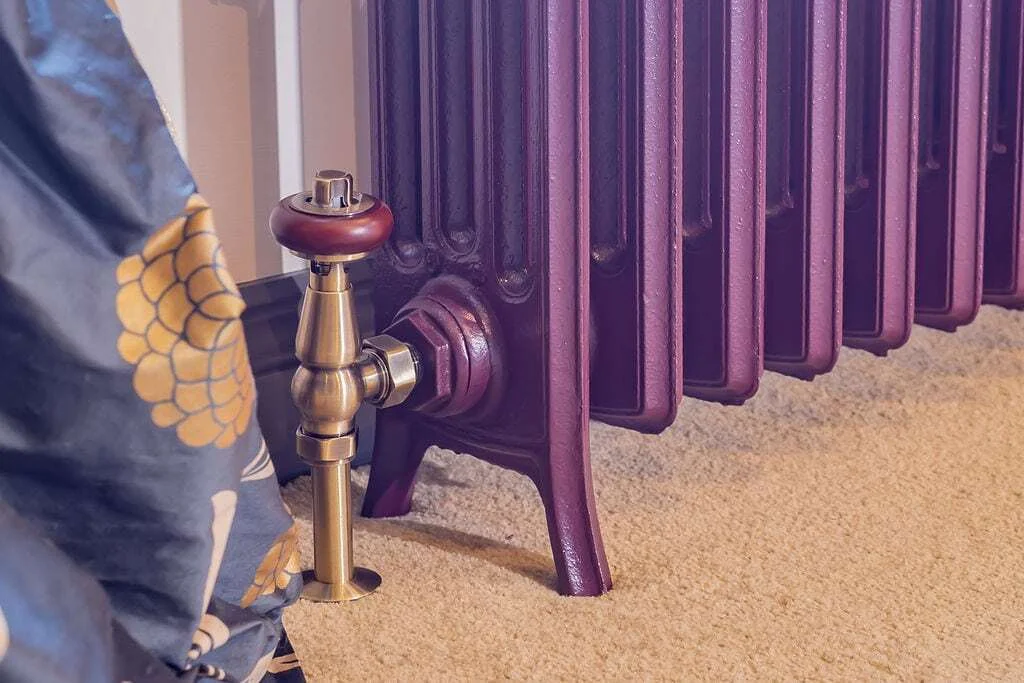-
Free Delivery Over £1000
-
0% Finance Available
-
10 Year Guarantee
-
Made In The UK

In the world of home heating solutions, cast iron radiators have long held a special place. Their timeless design, unmatched durability, and efficient heating capabilities have made them a favourite among homeowners for generations. But as with any antique or vintage item, the question often arises: “What is my cast iron radiator worth?” Whether you’re considering selling an old radiator or simply curious about its value, this article will delve deep into the factors that determine the resale value of cast iron radiators.
The age of a cast iron radiator can significantly influence its value. Radiators that date back to the Victorian or Edwardian eras, for instance, are often considered more valuable due to their intricate designs and historical significance. These pieces not only served as heating devices but also as decorative elements in grand homes and establishments.
The design and craftsmanship of a cast iron radiator play a crucial role in determining its worth. Radiators with ornate patterns, detailed engravings, and unique shapes tend to fetch higher prices. The craftsmanship, especially of older models, reflects a bygone era when each piece was handcrafted with precision and care.
Large cast iron radiators, especially those with multiple columns or sections, can command higher prices due to the sheer amount of material used and their heating capacity. However, it’s essential to note that while size can increase value, it can also make transportation and installation more challenging, potentially limiting the pool of interested buyers.
A well-maintained cast iron radiator that’s free from rust, cracks, and other damages will undoubtedly have a higher resale value. Functionality is key; a radiator that still efficiently heats and retains warmth is more desirable than one that’s purely decorative.
Some cast iron radiators were produced in limited quantities or feature designs that are no longer available. Such pieces can be considered rare and may attract collectors or enthusiasts willing to pay a premium.
Even if a radiator is not in perfect condition, its potential for restoration can add to its value. Radiators that can be easily refurbished, repainted, or polished to restore their original lustre are often sought after by homeowners looking for authentic, vintage pieces.
Like any other commodity, the value of cast iron radiators is influenced by market demand. Trends in interior design, such as the resurgence of vintage and industrial aesthetics, can drive up the demand and, consequently, the price of these radiators.
If a radiator has a known history or provenance, such as being installed in a famous building or owned by a notable person, its value can increase significantly. Such pieces often come with fascinating stories that add to their allure.
Where you’re located can significantly influence the resale value of your cast iron radiator. In urban areas where vintage aesthetics are in vogue, or in regions where older homes are prevalent, demand for cast iron radiators may be higher. Additionally, being in a location that’s easily accessible for potential buyers or where shipping and transportation costs are reasonable can enhance the attractiveness of your offer.
While the vintage charm of cast iron radiators is undeniable, modern upgrades can increase their appeal to a broader audience. Features like thermostatic valves, which allow for individual temperature control, or adaptations that make the radiator compatible with contemporary heating systems, can boost its value. Such modifications combine the best of both worlds: the timeless beauty of the past and the functionality of the present.
Just as with any other product, the brand or manufacturer of a cast iron radiator can influence its resale value. Radiators made by renowned manufacturers or those known for their quality and durability can command higher prices. If you have documentation or markings that identify the maker, it can be a valuable selling point.
In today’s eco-conscious world, the environmental benefits of cast iron radiators are becoming increasingly recognized. Their ability to retain heat for longer periods, reducing the need for constant reheating, makes them energy efficient. Highlighting these green credentials can make your radiator more appealing to environmentally conscious buyers.
Selling a cast iron radiator is not just a transaction, it’s passing on a piece of history. These radiators have stood the test of time, offering warmth and comfort through countless winters. If you decide to part with yours, ensure that its value, both monetary and historical, is adequately recognized.
For those looking to buy, remember that a cast iron radiator is more than just a heating device. It’s a statement piece, a conversation starter, and a link to a bygone era. Whether nestled in a contemporary setting or complementing a vintage décor, its presence is a testament to enduring quality and timeless appeal.




